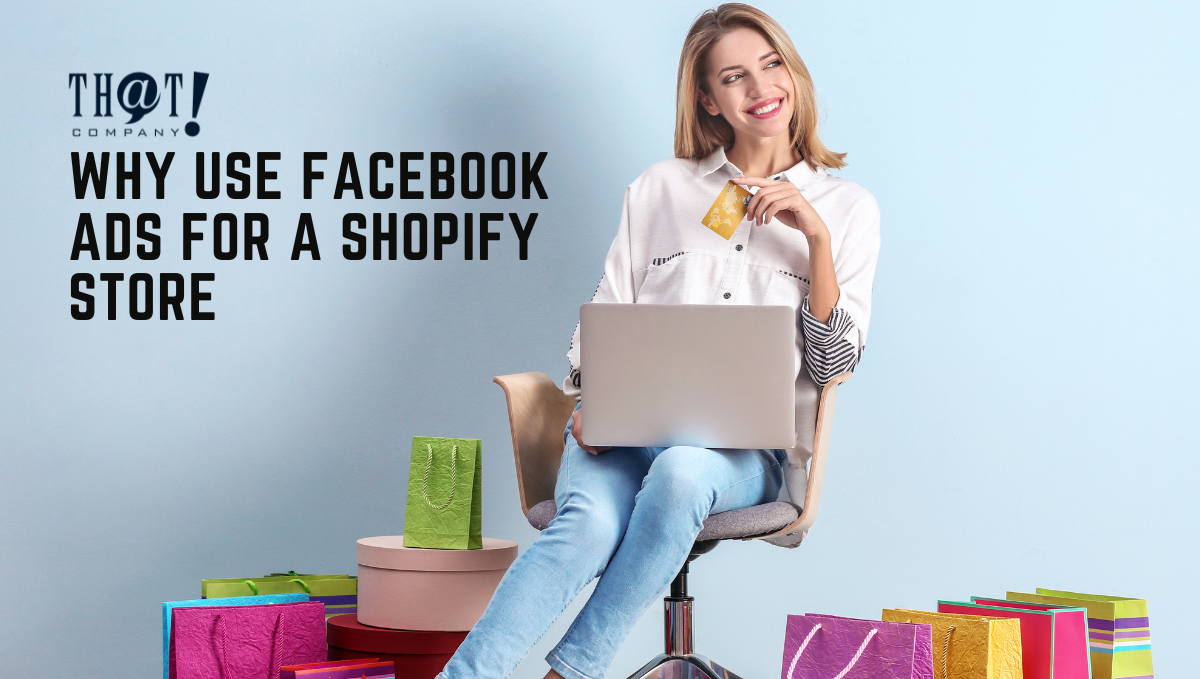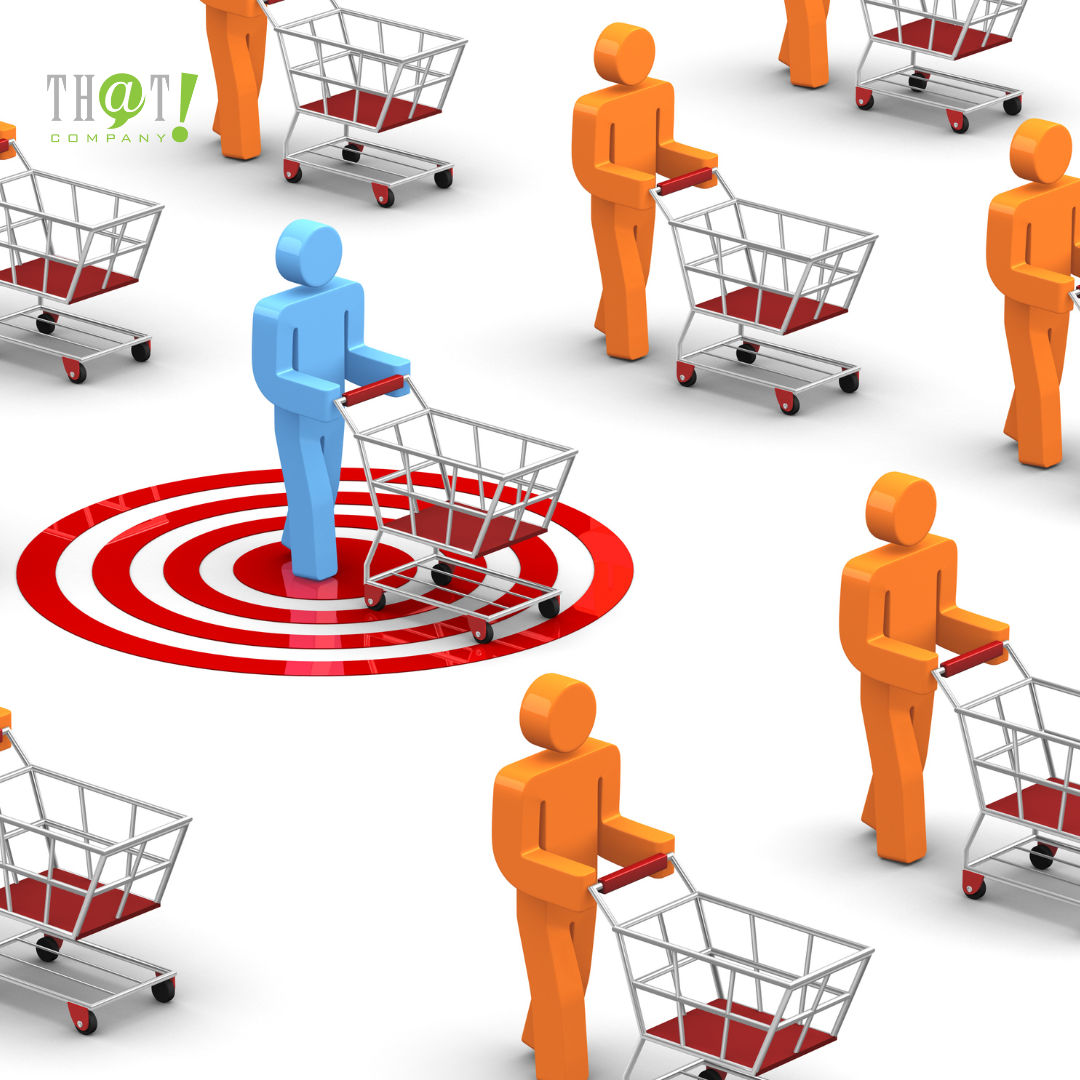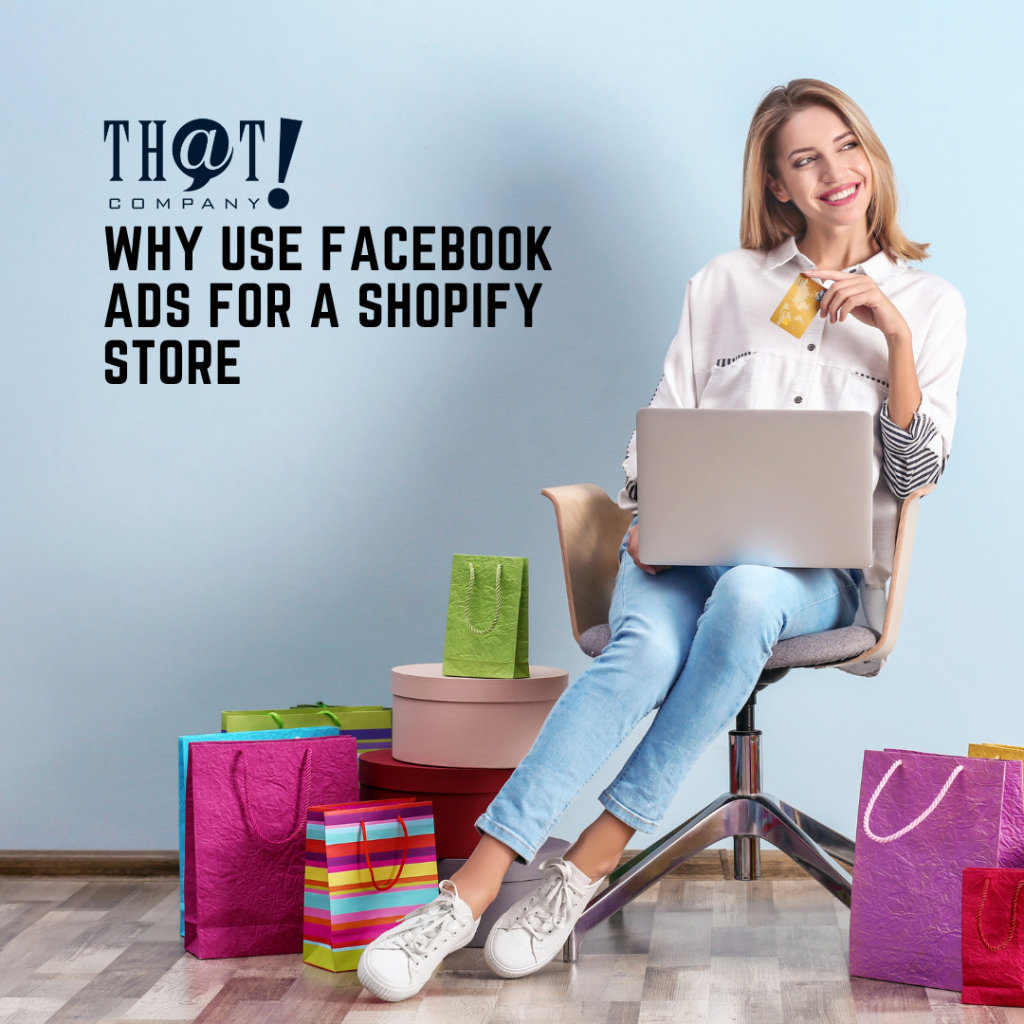
If you run a Shopify store, then you may want to develop a good social media marketing strategy. This often involves paid social ads. More often than not, the best social media platform to start with is Facebook. Facebook Ads is the most developed ad platform among social sites, plus it includes Instagram!
You may not already have a large following on Facebook, and that’s ok. Facebook is by far the largest, most popular, and most stable social media platform around. This means that you can more easily build an audience on Facebook. What you will want to do after gathering followers is to funnel them to your Shopify store. This requires an integrated Facebook Ad campaign.
In this post, we’ll share some tips that you can apply to help you start an effective Facebook Ads campaign for your Shopify store.
The Shopify Advantage
 Many brands of all sizes are choosing Shopify these days. This eCommerce platform has made some changes lately and is now able to help them to bring all of their online selling avenues together under one dashboard for easy management. Aside from handling multiple stores with ease, Shopify offers a lot of customization options for online stores. Features abound as well, both native Shopify and through third parties. You can track sales from different sites on one screen, whether they are from physical stores, websites, social media profiles, or other channels.
Many brands of all sizes are choosing Shopify these days. This eCommerce platform has made some changes lately and is now able to help them to bring all of their online selling avenues together under one dashboard for easy management. Aside from handling multiple stores with ease, Shopify offers a lot of customization options for online stores. Features abound as well, both native Shopify and through third parties. You can track sales from different sites on one screen, whether they are from physical stores, websites, social media profiles, or other channels.
Shopify stores these days can also take advantage of full integration with Facebook Ads. This means that you can target a specific audience that has already been prepared for the purchase stage. All you need to do is get them to your product pages. The new Shopify dashboard features will also help you track the effectiveness of your campaigns to streamline everything.
The Facebook Advantage
Facebook Ads has a highly developed system for identifying and targeting a business’s ideal customers. It’s a great way to promote your Shopify store because this advertising platform knows online shoppers’ likes, interests, and common behaviors. There isn’t a better data pool around for this type of information. Knowing this makes it really easy to get different as groups are set up and optimized. And, as mentioned, you can reach a very large audience. Best of all, with the advanced options, you can find groups who are already thinking of buying. This increases your conversion rate right off the bat. Building campaigns with conversions as the goal instructs Facebook to find more users that are more likely to make a purchase, not just click.
Facebook ads are great for all kinds of stores from large businesses to smaller brands. It works perfectly whether you want to run micro- or macro-targeted campaigns. All you need to start growing with the help of Facebook ads is a little time and an initial investment. Once you know how the platform works and how to set up campaigns and ads, you can begin. Then, as your ads are running, you can quickly learn how to track it all on Shopify and the Facebook Ads dashboard itself.
Of course, if you don’t have the time or can’t face the hassle, you can always hire a white label social media marketing team to take care of your paid advertising for you. If you’re wondering, “What does white label mean,” ultimately white label agencies are specialized agencies that other agencies use to get results for their clients.
Let’s look at the major advantages of Facebook Ads in detail.
Engaged Audiences
The Facebook platform boasts over two billion active users engaged on average on a monthly basis. This is more than any other similar social media network. More than just Facebook.com, the company also owns the Messenger, Instagram, and Whatsapp platforms, where they gather a ton of additional data from users they track. All of this data is a veritable smorgasbord that no other advertiser can match. Just imagine creating ads that use a targeting algorithm that taps into all that information from all these accounts.
[bctt tweet=”What you will want to do after gathering followers on Facebook is to funnel them to your Shopify store. This requires an integrated Facebook Ad campaign.” username=”ThatCompanycom”]Targeting Options
 Facebook Ads allows you to target by demographics, behaviors, and interests, all at the same time. Of course, you can opt-out, if you have any special reason not to use one of these targeting categories.
Facebook Ads allows you to target by demographics, behaviors, and interests, all at the same time. Of course, you can opt-out, if you have any special reason not to use one of these targeting categories.
Facebook is a virtual space where billions of users not only post photos and stories but also share news items and rare finds. This includes online shopping deals. Consumers also use Facebook a lot these days to engage with brands. This is because they find it so much more convenient to start a conversation on a familiar app that they already use a lot. They really don’t want to have to open up a completely different website and locate your unique contact form or chat feature. So, if you don’t have a Facebook page for your business yet, you are really missing out on an opportunity to better engage your customers and potential customers.
That said, Facebook enables you to remarket to your website visitors, build look-a-like audiences targeting people that are very similar to those that made a purchase, and even remarket to users that viewed videos that you’ve promoted. The manager tool helps you to select the best candidates and show them your ads.
Brand Awareness
Many brands of all sizes have already caught on to the Facebook trend. They use Facebook (among additional social media channels) to showcase their brand. As a social platform, they are free to express their unique voice. The images and stories they share attract a specific, targeted audience organically. These users learn about these brands and either grow into customers and loyal followers and sharers or drop off naturally. This is a free way for brands to curate audiences.
The most powerful part of Facebook advertising is you can use this data to target more users with the same profiles. These are called Look-a-Like audiences. We recommend building 1% look-a-like audiences meaning they most closely resemble people who have purchased from you, visited your website, viewed your videos etc. You need to start by building a custom audience in the Facebook interface, and then make a look-a-like off of that audience.
Shopify Conversion Tracking
![]() Inside your Shopify backend, you need to navigate to the Marketing section. This is where you will find the tracking tools. (You need to make sure, of course, that you have set up your Shopify store to pick up your Facebook Ads data.) The ad dashboard will show you how much traffic you are getting as well as the number of sales you have made from the Facebook Ads campaigns you are running. The data will be broken down according to each marketing source, so you simply need to locate the section that displays your Facebook Ads data.
Inside your Shopify backend, you need to navigate to the Marketing section. This is where you will find the tracking tools. (You need to make sure, of course, that you have set up your Shopify store to pick up your Facebook Ads data.) The ad dashboard will show you how much traffic you are getting as well as the number of sales you have made from the Facebook Ads campaigns you are running. The data will be broken down according to each marketing source, so you simply need to locate the section that displays your Facebook Ads data.
Basically, you want to spot which sources are bringing in the most conversions. Then you can optimize by doing more of that and less of the stuff that doesn’t work as well. Don’t forget to check your metrics on Facebook, too. This will give you a point of comparison so you can be sure that the information is accurate.
Conclusion
We strongly recommend using Facebook Ads as a part of any solid Shopify social media marketing strategy. This platform hosts a gold mine of consumer data and a robust analytics algorithm. You can segment audiences so precisely that if you know what you’re doing you can optimize your marketing spend exceptionally well. And it gives you brand awareness, brand engagement, and sales conversions all in one.































